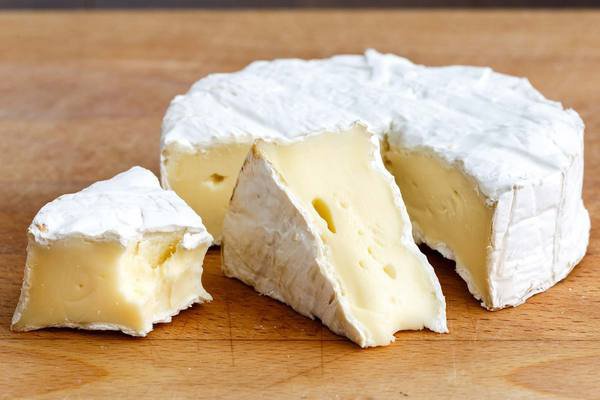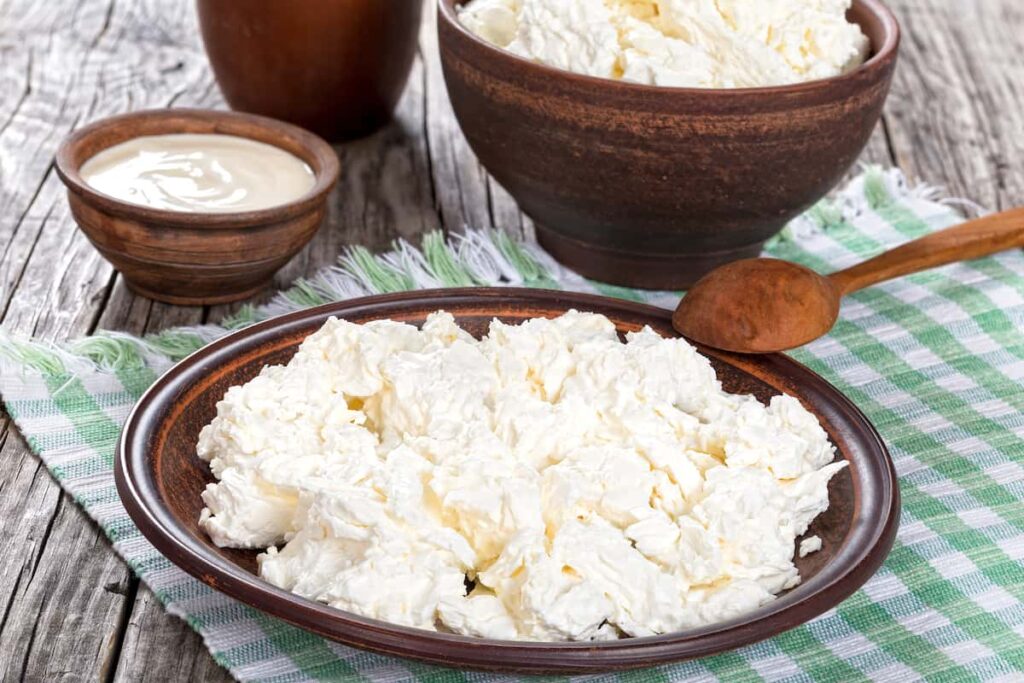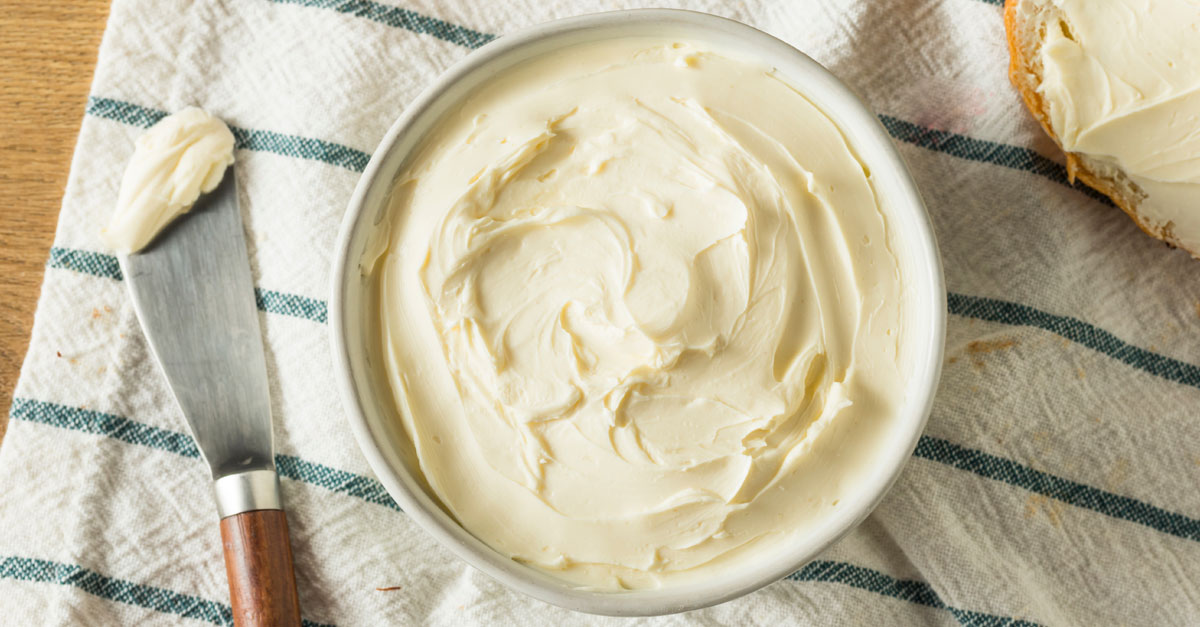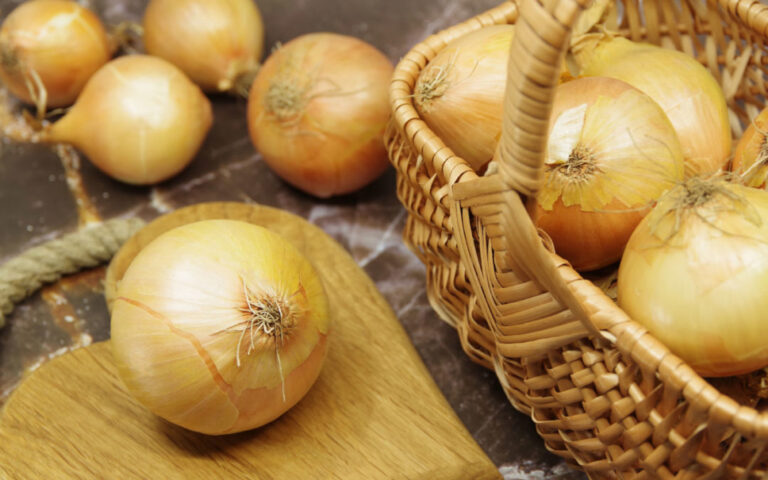Is Soft Cheese the Same as Cream Cheese? A Dairy Dilemma
No, soft cheese and cream cheese are not the same. While they both fall under the category of soft cheeses, cream cheese is a specific type of soft cheese known for its smooth, creamy texture and milder flavor.
On the other hand, soft cheese is a broad category that includes various types like Brie, Camembert, and feta, each with its own distinct taste and texture. Cream cheese is typically made from cow’s milk and is often used in recipes like cheesecakes and as a spread for bagels.
Soft cheeses are more diverse, coming from various sources like cow, goat, or sheep milk and finding applications in salads, sandwiches, and desserts.
So, when it comes to soft cheese versus cream cheese, they have differences in taste, texture, and culinary uses.
What Are Soft Cheese and Cream Cheese? Explained

Soft cheese and cream cheese are both dairy-based products, but they differ in their characteristics and uses.
First, soft cheese is a broad category of cheese that includes a variety of textures, flavors, and origins. It is characterized by its soft, often creamy or crumbly consistency. Some popular types of soft cheese include Brie, Camembert, goat cheese, and feta. Soft cheese can be made from various types of milk, such as cow, goat, or sheep milk. The flavor profiles of different soft cheeses can range from mild and creamy to tangy and robust. Soft cheese is versatile and can be used in both sweet and savory dishes, making it a favorite among chefs and home cooks alike.
Cream cheese, on the other hand, is a specific type of soft cheese known for its exceptionally smooth and creamy texture. It is typically made from cow’s milk and is defined by its mild, slightly tangy flavor. Cream cheese is widely recognized for its spreadable consistency, making it a popular choice for bagels, sandwiches, and various dessert recipes. Its uniform texture and mild taste set it apart from other soft cheeses, making it a staple in many kitchens.
What Are the Key Differences Between Soft Cheese and Cream Cheese?
Cheese lovers, unite! Soft cheese and cream cheese are both beloved dairy products that grace our tables and tantalize our taste buds. Yet, despite their shared status as “soft cheese,” they boast distinctive characteristics that set them apart.
Texture and Consistency
One of the most apparent differences between soft cheese and cream cheese lies in their texture and consistency.
Soft cheese is a diverse category that spans a wide range of textures, from creamy to slightly firmer. For instance, Brie and Camembert showcase a soft, creamy interior encased in an edible rind, while goat cheese offers options that can be either crumbly or creamy, depending on its age.
Cream cheese, by contrast, is celebrated for its consistently smooth, creamy, and spreadable texture. It is renowned for its velvety, uniform feel, making it the go-to choice for bagel spreads, cheesecakes, and numerous other creamy delights.
Ingredients and Production
Soft cheese and cream cheese differ not only in texture but also in their ingredients and production methods.
Soft cheeses can be crafted from various types of milk, including cow, goat, and sheep milk. The production process may involve different strains of bacteria and molds, which contribute to the diverse flavors and textures found among various soft cheeses.
On the other hand, cream cheese is generally made from cow’s milk, often pasteurized and homogenized. It contains specific lactic acid bacteria cultures, which impart its characteristic mild, slightly tangy taste and the uniform, creamy texture. The production of cream cheese is more standardized compared to the varied methods used in making soft cheeses.
Flavor Profiles
The flavors of soft cheese and cream cheese provide another distinguishing feature.
The flavor profiles of soft cheeses are remarkably diverse, ranging from mild and creamy to tangy, earthy, or even pungent. This diversity allows for a wide array of flavor experiences, making soft cheeses suitable for a variety of culinary applications.
Cream cheese is known for its neutral, mild flavor with a subtle hint of tanginess. Its taste is notably less complex compared to many soft cheeses, making it a versatile ingredient for both sweet and savory dishes.
Culinary Uses
The versatility in culinary applications is yet another aspect where these two cheese varieties showcase their unique features.
Soft cheeses shine in a broad range of culinary roles. Brie and Camembert are delightful additions to cheese platters, pairing beautifully with fruits and wine. Goat cheese can be crumbled on salads or used in tarts, demonstrating the adaptability of soft cheeses in both savory and sweet creations.
In contrast, cream cheese is renowned for its versatility in baked goods, particularly in desserts like cheesecakes, frostings, and fillings. Its smooth, mild texture makes it a go-to choice for creamy spreads, enhancing the flavor of bagels and sandwiches.
Can soft cheese be used instead of cheese cream?
Which Offers a Healthier Nutritional Profile?
In the world of dairy delights, the choices seem endless. Among the many options, soft cheese and cream cheese are two versatile and delicious selections that often find their way into a variety of dishes, from savory appetizers to delectable desserts.
| Nutrient | Soft Cheese (Brie) | Soft Cheese (Feta) | Cream Cheese |
| Calories | 95 | 74 | 99 |
| Fat | 7 grams | 6 grams | 8 grams |
| Saturated Fat | 5 grams | 4 grams | 5 grams |
| Protein | 3 grams | 4 grams | 2 grams |
| Calcium | 22 milligrams | 140 milligrams | 52 milligrams |
Where Are The Common Qualities Between Soft Cheese and Cream Cheese?
While soft cheese and cream cheese have distinct differences, some commonalities make them both valuable in various culinary applications.
Dairy Origins
Both soft cheese and cream cheese start with the same fundamental ingredient: dairy. Whether it’s cow’s milk, goat’s milk, or another dairy source, the primary material for these cheeses is milk. It’s the treatment, processing, and specific ingredients that follow which create the unique qualities of each cheese.
Versatility in Culinary Creations
One notable similarity between soft cheese and cream cheese is their versatility in culinary applications. Both types of cheese can be employed in a wide range of dishes, from appetizers to desserts. This adaptability makes them favorite ingredients in the kitchen of home cooks and professional chefs alike.
- Soft cheeses like Brie, Camembert, and goat cheese can be used in gourmet cheese platters, paired with fruits and wine, or incorporated into tarts and savory appetizers. Their varying textures and flavors offer a delightful spectrum of possibilities.
- Cream cheese, with its smooth and creamy texture, is a go-to choice for a myriad of desserts and spreads. From classic cheesecakes to creamy dips and fillings, it adds a luxurious touch to various culinary creations.
Creamy Textures
The common denominator between these cheeses is their inherent creaminess. Both soft cheese and cream cheese have a velvety, creamy texture that delights the palate. While the creaminess in soft cheese can vary from creamy and crumbly to slightly firmer, cream cheese consistently maintains its lusciously smooth and spreadable quality.
Culinary Companions
Soft cheese and cream cheese are often paired with similar culinary companions. They both pair harmoniously with an assortment of ingredients, enhancing the overall flavor profiles of dishes.
- Fruits: Whether it’s soft cheese accompanying a platter of fresh fruits or cream cheese adorning a bagel with a layer of fruit preserves, both cheeses complement the sweetness and juiciness of fruits.
- Crackers and Breads: Soft cheese and cream cheese find their place on a variety of crackers and bread. They serve as a delectable spread or topping for these classic accompaniments.
Integration in Desserts
Both soft cheese and cream cheese are beloved ingredients in the world of desserts. They add richness, depth of flavor, and creamy texture to sweet treats.
- Soft cheeses like mascarpone, Brie, and Camembert can be used in dessert tarts, enhancing the savory-sweet contrast with their unique flavors.
- Cream cheese is the star of classic cheesecakes, creamy frostings, and various baked goods, earning a special place in the world of dessert making.
Can soft cheese be used instead of cheese cream?

Yes, soft cheese can often be used as a substitute for cream cheese in many recipes, but it depends on the specific recipe and your desired outcome.
Soft cheeses like Brie, Camembert, and even goat cheese have a creamy texture and a mild, tangy flavor that can work well in many applications where cream cheese is called for.
However, it’s important to consider the following factors when using soft cheese as a cream cheese substitute
Texture: Soft cheeses may have a different texture than cream cheese. While cream cheese is known for its ultra-smooth and creamy consistency, some soft cheeses can be slightly crumbly or have a different mouthfeel. Be sure to choose a soft cheese with a texture that suits your recipe.
Flavor: Soft cheeses may have distinct flavors that can add a unique twist to your recipe. For instance, Brie or Camembert can bring a rich, earthy taste, while goat cheese provides a tangy zing. Consider whether the flavor of the soft cheese complements the dish you’re making.
Consistency: Cream cheese is typically more consistent across brands and varieties, while soft cheeses can vary. If you’re substituting soft cheese, you may need to adjust the quantity or other ingredients to achieve the desired consistency.
Melting and Binding: Soft cheeses may not melt or bind in the same way as cream cheese, so it’s essential to consider the recipe requirements. For dishes like cheesecakes, where cream cheese plays a structural role, a direct substitution might not be ideal.
Savory vs. Sweet: Consider whether the soft cheese you’re using is better suited for savory or sweet applications. Some soft cheeses have a more pronounced savory flavor, while others work well in both sweet and savory recipes.
FAQ
What is a soft cheese also known as?
Soft cheese is also known as “fresh cheese” or “creamy cheese.”
What cheese is the same as cream cheese?
Cream cheese is a specific type of cheese, and there isn’t an exact equivalent, but certain soft cheeses can be used as substitutes.
What can I use to replace cream cheese?
You can use alternatives like mascarpone, Greek yogurt, or a mixture of butter and milk as substitutes for cream cheese, depending on the recipe.
Which cheese is best for cheesecake?
Cream cheese is the classic choice for cheesecake due to its creamy texture and mild flavor.
Can soft cheese be used for cheesecake?
Yes, some soft cheeses, like ricotta or Neufchâtel, can be used for cheesecake, but the results may differ slightly in texture and flavor.
Which cheese is used in baking cake?
Cream cheese is commonly used in baking cakes for its creaminess and ability to add moisture and richness to the batter.
How do you use soft cheese?
Soft cheese can be used in a variety of ways, such as spreading on crackers, adding to pasta dishes, making creamy sauces, or incorporating into both sweet and savory recipes.
Can soft cheese melt?
Soft cheese can melt, but the melting point and consistency may vary depending on the type of soft cheese.
Why avoid soft cheese?
Some soft cheeses, especially unpasteurized ones, may carry a higher risk of foodborne illnesses, so they are often avoided during pregnancy or by those with weakened immune systems.
Is it OK to eat soft cheese?
It’s generally safe to eat soft cheese when it’s pasteurized and handled properly. However, certain individuals, such as pregnant women and those with weakened immune systems, may need to exercise caution.
What is the unhealthiest cheese?
The “unhealthiest” cheese depends on your dietary goals, but highly processed cheeses with excessive additives and high saturated fat content are often considered less healthy options.
Final words
On the whole, soft cheese and cream cheese may seem similar, but they have their own distinct characteristics. Soft cheese, like Brie or goat cheese, offers a variety of textures and flavors, making it a versatile choice in the kitchen. Cream cheese, on the other hand, is famous for its smooth, creamy texture and mild taste, making it ideal for many desserts and spreads.
When you’re cooking or baking, the differences between these two can help you choose the right one for your recipe. Soft cheese can often be a tasty substitute for cream cheese, adding unique flavors to your dishes. So, the next time you’re in the dairy aisle, you’ll know that while they’re not exactly the same, both soft cheese and cream cheese have their place in the world of delicious cuisine.







